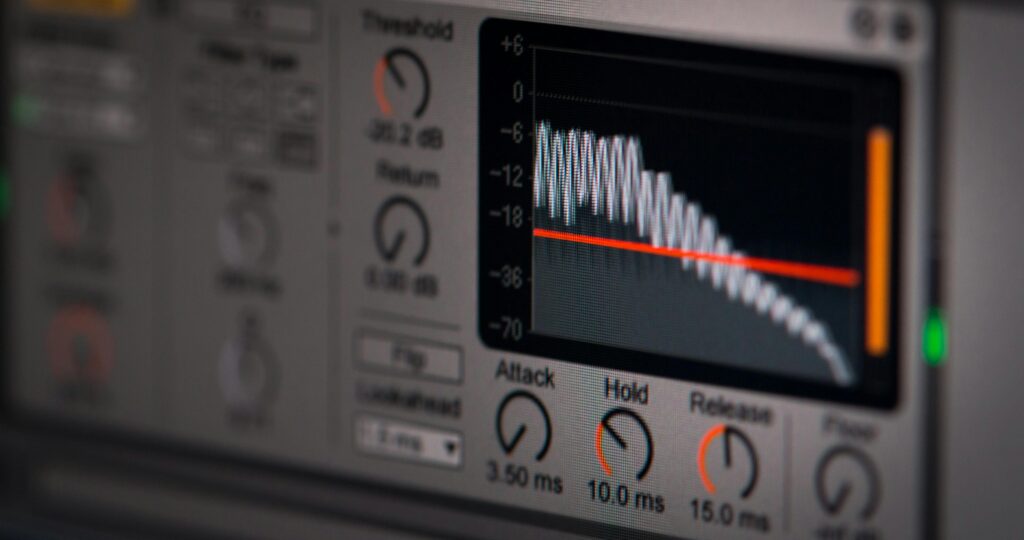Have you ever wondered why explainer videos are the Swiss Army knife of digital marketing? As a professional content creator, I’ve navigated the vast seas of digital content, finding that explainer videos, in their myriad forms, offer unparalleled versatility.
From the simplicity of 2D animations that distill complex concepts into clear narratives, to the immersive allure of 3D animations that bring ideas to life with striking depth, each type has its own unique charm and utility.
But how do you decide which is right for your project? Let’s explore the strengths and considerations of each, to uncover the most effective way to convey your message.
Key Takeaways
- Explainer videos come in various forms including 2D and 3D animation, motion graphics, and whiteboard animation.
- Animated explainer videos simplify complex concepts, making them easily understandable for audiences.
- Different styles of explainer videos, such as 2D and 3D animations, cater to different budget levels and engagement needs.
- The choice of explainer video type can significantly affect audience perception, engagement, and information retention.
Animated Explainer Videos
Animated explainer videos serve as a dynamic bridge, effectively simplifying and conveying complex concepts or services to audiences with clarity and impact.
In my analysis, the strategic use of animation, particularly character animation, plays a pivotal role in enhancing understanding and retention of key messages.
The flexibility of animated explainer video production means that updates are more straightforward than with live-action counterparts, allowing for agile responses to changing information needs.
Furthermore, given that 94% of people use animated explainer videos to learn about products or services, their importance can’t be overstated.
They’re not just a tool for engagement; they’re an essential strategy for any innovation-driven entity aiming to illuminate their offerings in a marketplace that values clarity, engagement, and the power of visual storytelling.
2D Animated Videos
Building on the foundation of animated explainer videos, 3D animation elevates the visual experience, offering depth and realism to engage audiences more profoundly. While 2D animated explainer videos utilize a traditional animation style with flat illustrations, making them a cost-effective option, they’re known for their visually engaging and character-driven storytelling capabilities. However, the transition into 3D animation involves a strategic move towards innovation, pushing the boundaries of how stories can be told and products can be showcased.
| Feature | 2D Animation | 3D Animation |
|---|---|---|
| Visual Style | Flat, traditional | Depth, realistic |
| Cost | More cost-effective | Higher production cost |
| Storytelling | Character-driven, engaging | Enhanced realism, engagement |
This shift not only illustrates a company’s commitment to cutting-edge communication but also aligns with audiences’ growing expectations for immersive experiences.
3D Animation Explainers
Diving into the realm of 3D animation explainer videos, we observe a transformative leap in how audiences perceive and interact with content, offering an unparalleled depth and realism that captivates and educates.
These videos deliver a realistic visual experience that’s second to none, making complex concepts not only more digestible but also engaging.
However, it’s crucial to note the higher production costs and the necessity for substantial resources. For businesses aiming to make a significant impact, investing in 3D animated explainer videos can be a strategic move.
The visually stunning outcome justifies the investment by enhancing viewer understanding and engagement. Harnessing this innovative approach, we can convey intricate messages in a manner that’s both effective and aesthetically pleasing.
Motion Graphics Videos
Moving from the visually immersive world of 3D explainer videos, we now explore the dynamic realm of motion graphics videos, where animated elements like shapes and colors come together to clarify complex concepts with striking clarity and creativity.
| Key Aspect | Importance in Motion Graphics Videos |
|---|---|
| Engaging Audiences | Utilizes vibrant visuals to capture and retain viewer attention effectively. |
| Visually Appealing | Combines design elements in a way that’s aesthetically pleasing and draws interest. |
| Entertainment Value | Adds an element of fun, making the absorption of information enjoyable. |
| Simplify Abstract Ideas | Breaks down complex concepts into understandable visuals. |
| Strategic Storytelling | Employs creative narratives to convey messages clearly and compellingly. |
In analyzing motion graphics explainer videos, it’s clear they’re not just about delivering messages but also about engaging and entertaining, making them a strategic choice for those aiming to captivate and inform.
Whiteboard Animation
Whiteboard animation videos offer a straightforward yet powerful way to break down and communicate complex ideas, making them an essential strategy for content creators aiming for clarity and engagement.
Here’s why:
- *Whiteboard animation* caters to our love for stories, using *hand-drawn* illustrations to keep us hooked.
- A *whiteboard explainer video* simplifies the absorption of complicated concepts through visual storytelling.
- The process of *drawing images and text* mirrors traditional teaching methods, enhancing memory retention.
- Unlike *traditional animation*, whiteboard videos maintain a unique aesthetic that’s both educational and entertaining.
- They’re cost-effective, allowing for high-quality content without breaking the bank.
This style’s versatility and effectiveness make it a go-to for innovators looking to convey their ideas clearly and engagingly.
Frequently Asked Questions
What Type of Video Is an Explainer?
I’d say an explainer is a strategic tool, crucial for simplifying and conveying complex ideas in an engaging, easily digestible format, essential for innovative minds aiming to grasp concepts swiftly and effectively.
What Style of Animation Is Used in Explainer Videos?
As they say, a picture’s worth a thousand words, and in explainer videos, animation styles like 2D, 3D, motion graphics, and whiteboard animations bring complex ideas to life innovatively and engagingly for cutting-edge communication.
What Is the Structure of an Explainer Video?
Diving into the heart of an explainer video, it’s structured like a captivating journey: introduction, problem identification, solution unveiling, and a compelling call to action. It’s a strategic blueprint that turns viewers into believers.
Conclusion
In my quest to demystify the complex through explainer videos, I’ve danced across the spectrum from 2D animations to the immersive world of 3D, not to mention the dynamic flair of motion graphics and the stark simplicity of whiteboard animations.
Ironically, in striving to simplify, I’ve plunged into a sea of complexity, choosing the right vessel for each message. But here’s the kicker: this complexity, this vast array of choices, is precisely what empowers us to cut through the noise, to connect, and to convey with unparalleled precision.
It’s not just about making things easier to understand; it’s about strategizing the pathway to enlightenment, one explainer video at a time.



